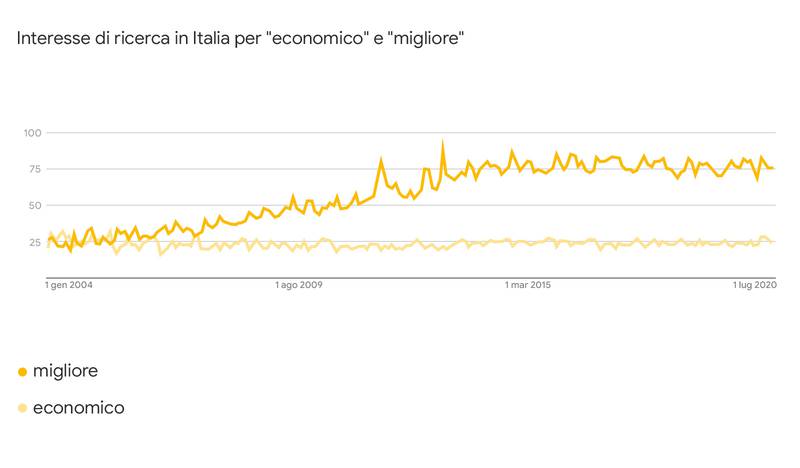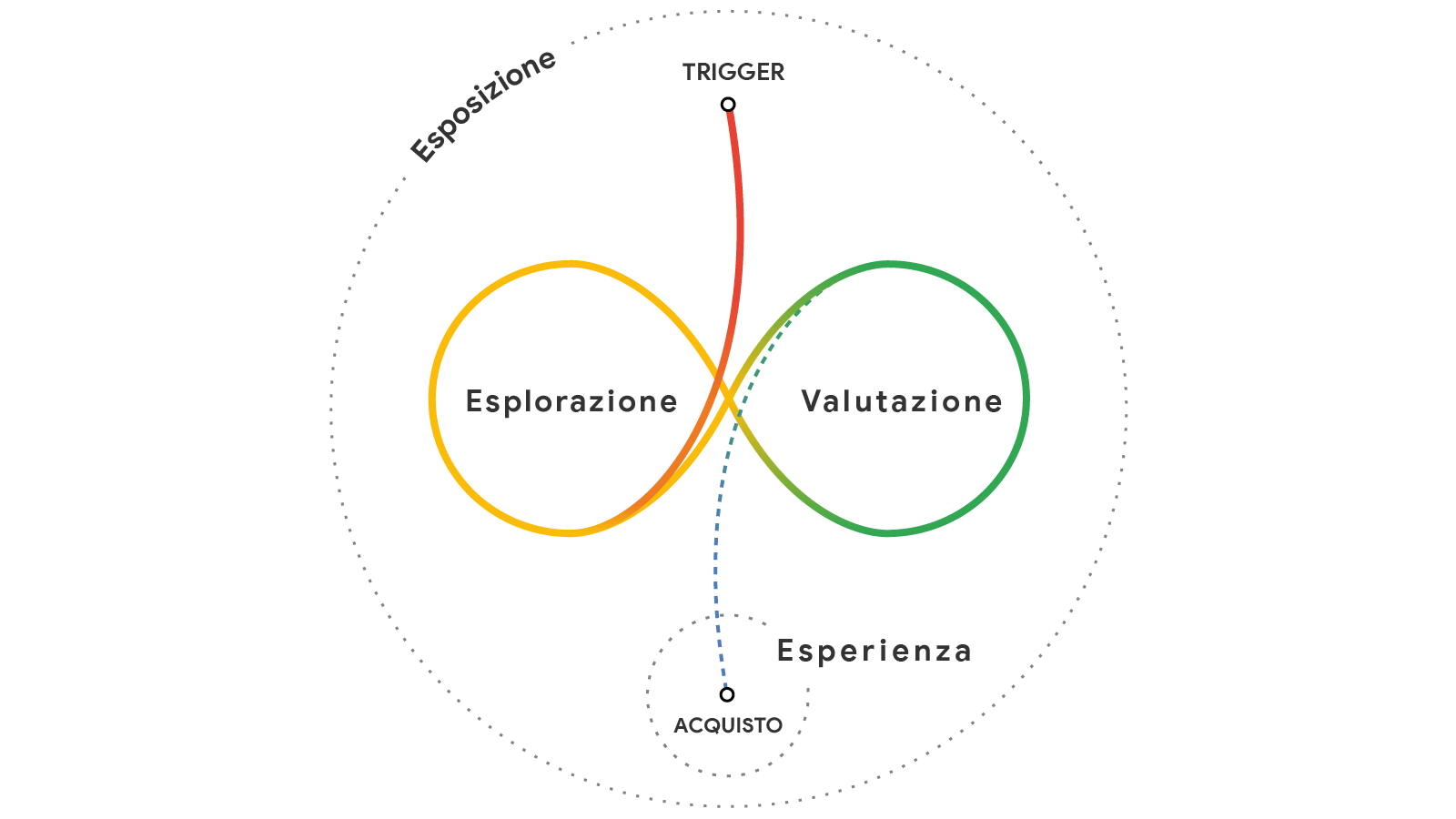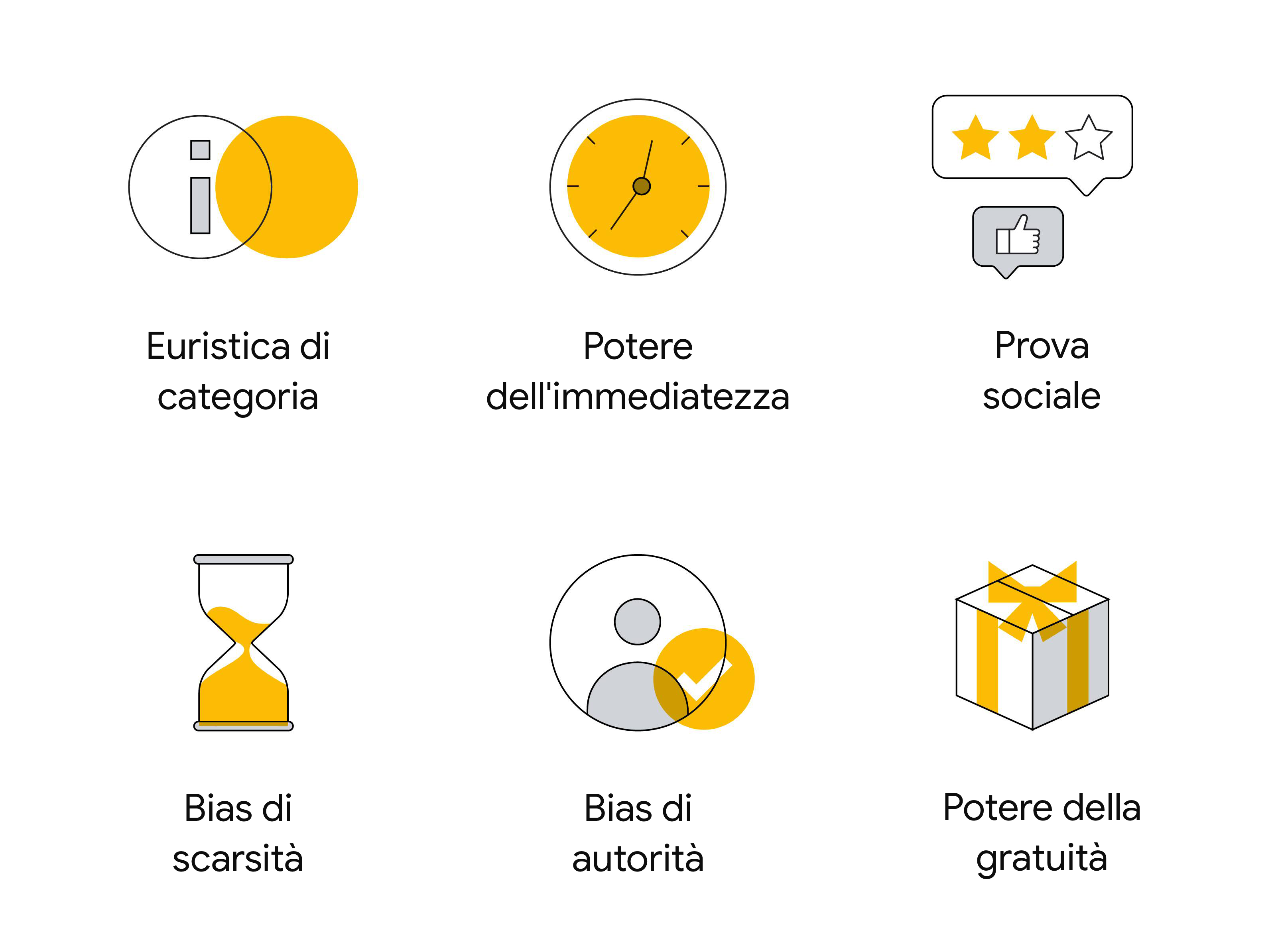Messy middle, the chaotic phase of the purchase decision-making process
It is called messy middle and is “a space of abundant information and unlimited choice that buyers have learned to manage using a range of cognitive shortcuts”. More precisely, it is that complex phase halfway between the first trigger and the final purchase of the consumer buying process, in which people risk being overwhelmed and confused. Identifying the messy middle and being able to understand the ways of consumers can make a difference for brands, because only the best manage to anticipate the needs of their customers in terms of information and guides, thus offering an optimal customer experience.
Il messy middle e la consumer journey
Dedicated to the analysis of the messy middle is an in-depth study by Alistair Rennie and Jonny Protheroe of the Google team dedicated to consumer insights, who then wrote an article to summarize the main results of their research on the decision-making process of buyers.
The goal of their work is to understand how this process of processing all the information and options that people encounter in their customer journey influences the final purchase decisions, starting from an assumption: “the way people make decisions is chaotic and will become even more so, but there are some balances we know about buying behavior”.
A still unexplored aspect, while “we know that what happens between the first trigger, that is the first stimulus that triggers the funnel, and the actual purchase decision is not linear and that it is a complicated network of touchpoints that changes from one person to another”.
The search for products, how much quality and price matter
According to the Googlers, the Web has transformed itself “from being a tool to compare prices to a tool to compare virtually anything“, and this dynamic is clearly highlighted by changes to buying behavior over the years that can be understood by Google Search.
For example, they say, the graphs for the terms “cheap” and “best” show a clear sign of trend reversal: “worldwide, the research interest for best has far exceeded that for cheap and this is true for many countries around the world.

Google’s study on consumer behaviours
The COVID-19 emergency has accelerated worldwide the transition to online shopping and Web searches around the world – only in Italy, we were also commenting on Google guide to create an e-Commerce in just a few months, digital shoppers have grown by 2 million units – and so for brands it’s more important than ever to try to understand the meaning of all this.
This scenario convinced Rennie and Protheroe to complete a work begun last year to “update our perspective on consumer decision-making process” and decipher how consumers decide what to buy, conducted together with The Behavioural Architects, a group of experts in the field of behavioral sciences.
Examining existing literature and carrying out “studies on observation of purchasing behaviour, analysis of research trends and a large-scale experiment”, the working group sought “to understand how consumers make decisions in an online environment with countless options and endless information available”.
A new decisional model
In the course of the research “a new type of updated decision-making model has begun to emerge”: chaos reigns at its center, messy middle: in the standard process, “people search for information about products and brands in a category and then evaluate all the options available to them”.
There are two mental schemes that take shape at this stage of the purchase process: on one hand there is exploration, an expansive activity (aimed at widening the range of options available), and on the other hand the evaluation, which on the contrary is a reductive activity. “Whatever a person is doing, in a wide variety of online sources, such as search engines, social media, aggregators and review websites, can be classified into one of these two mentalities”.
According to the researchers, “people move continuously between these twin modes of exploration and evaluation, repeating the cycle as often as necessary to arrive at a final purchase decision”.
The cognitive biases affecting purchases
A further finding emerged from the report is that “people exploit cognitive biases, deep-rooted in the mind to address and manage complex and large-scale concepts“.
In fact, these cognitive biases “exist long before the Internet” and so the study tried to analyze “how they affect people’s buying decisions today”, coming to determine that “in the process of exploration and evaluation they shape people’s purchasing behaviour and influence the reasons that drive consumers to choose one product over another”.
The six cognitive biases affecting consumer decisions
Although there are hundreds of biases, in the research the authors have given priority to six specific ones:
- Category euristic. Providing short descriptions of key product information can simplify purchasing decisions.
- Power of immediacy: The longer the user waits for to take advantage of a product, the smaller the intention to buy it.
- Social proof. Advice and reviews from other people can prove to be very effective.
- Scarcity bias. The desirability of a product increases if its availability decreases.
- Authority bias. The opinion of an expert or a reliable source is especially influential.
- Power of free. Including a gift to a purchase, although not related to the product purchased, can be a great incentive.
The experiment on biases
Based on these considerations, the team conducted an experiment on large-scale purchases with real in-market buyers, “in which we simulated 310,000 purchase scenarios in the categories of financial services, consumer goods, retail, travel and public services”.
In this test, buyers were asked “to choose their first and second favorite brands within one category and then we applied a series of biases to see if people were willing to change their preferences from one brand to another”. To test choices in an extreme scenario, “the experiment also included an imaginary brand in each category to which buyers had never been exposed before”.
The results showed the strong impact of biases: “Even the least effective competitor, a fictitious cereal brand, managed to win 28% of buyers’ preferences over a well-established favorite brand when it proved to have an innumerable amount of advantages, including five-star reviews and an offer with an extra 20% discount”. In the most striking case, “an imaginary car insurance agency attracted 87% of the share of consumer preferences when we attributed benefits to all six biases”.
The experiment then revealed that “when applied intelligently and responsibly, the principles of behavioral sciences (and behavioural and informative needs in line with these) are powerful tools to win customer preferences and retain buyers in the central stages of decision-making”.
Tips for marketing professionals
This theoretical speech may seem complicated, but “consumers simply perceive it as normal stages of the purchase path“; in addition to this, the goal should not be “to force people out of the cycle shown in the model, but to provide them with information and reinsurance necessary to help them make a decision”.
The approach towards the customer is the same, “whether your business is a giant in the category or a competing brand”:
-
- Ensure the presence of the brand strategically “so that your product or service is noticed and remembered by customers as they explore options”.
- Apply the principles of behavioral sciences “intelligently and responsibly to make your proposal convincing when consumers assess options”, to accompany them on leaving the messy middle and completing the transaction.
- Bring the trigger time closer to the purchase time “so as to reduce the exposure time of your existing and potential customers to competing brands”, optimizing the site speed, user experience and onsite messaging.
- Create flexible and competent teams “to go beyond traditional branding and avoid barriers between departments that risk leaving gaps in consumer decision-making”.




